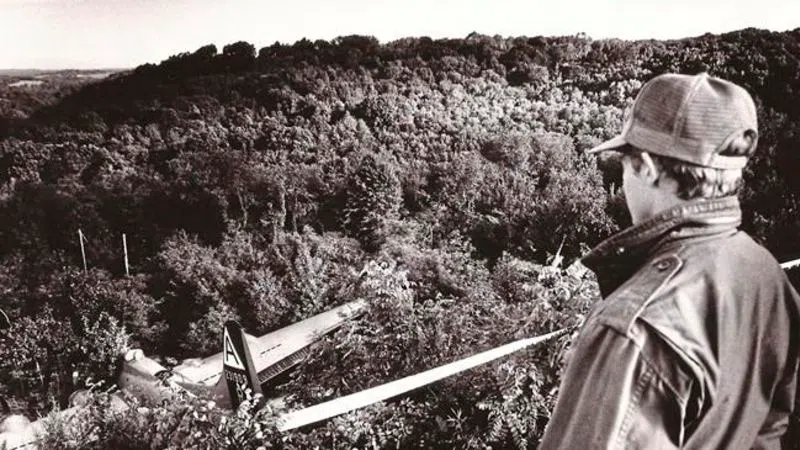
World War II-era bomber crashes; at least 7 reported dead
WINDSOR LOCKS, Conn. — A World War II-era plane with 13 people aboard crashed and burned at the Hartford airport after encountering mechanical trouble on takeoff Wednesday, killing seven of them.
The four-engine, propeller-driven B-17 bomber struggled to get into the air and slammed into a maintenance building at Bradley International Airport as the pilots circled back for a landing, officials and witnesses said.
It had 10 passengers and three crew members, authorities said.
Connecticut Public Safety Commissioner James Rovella said hours after the crash that some of those on board were burned, and “the victims are very difficult to identify.”

